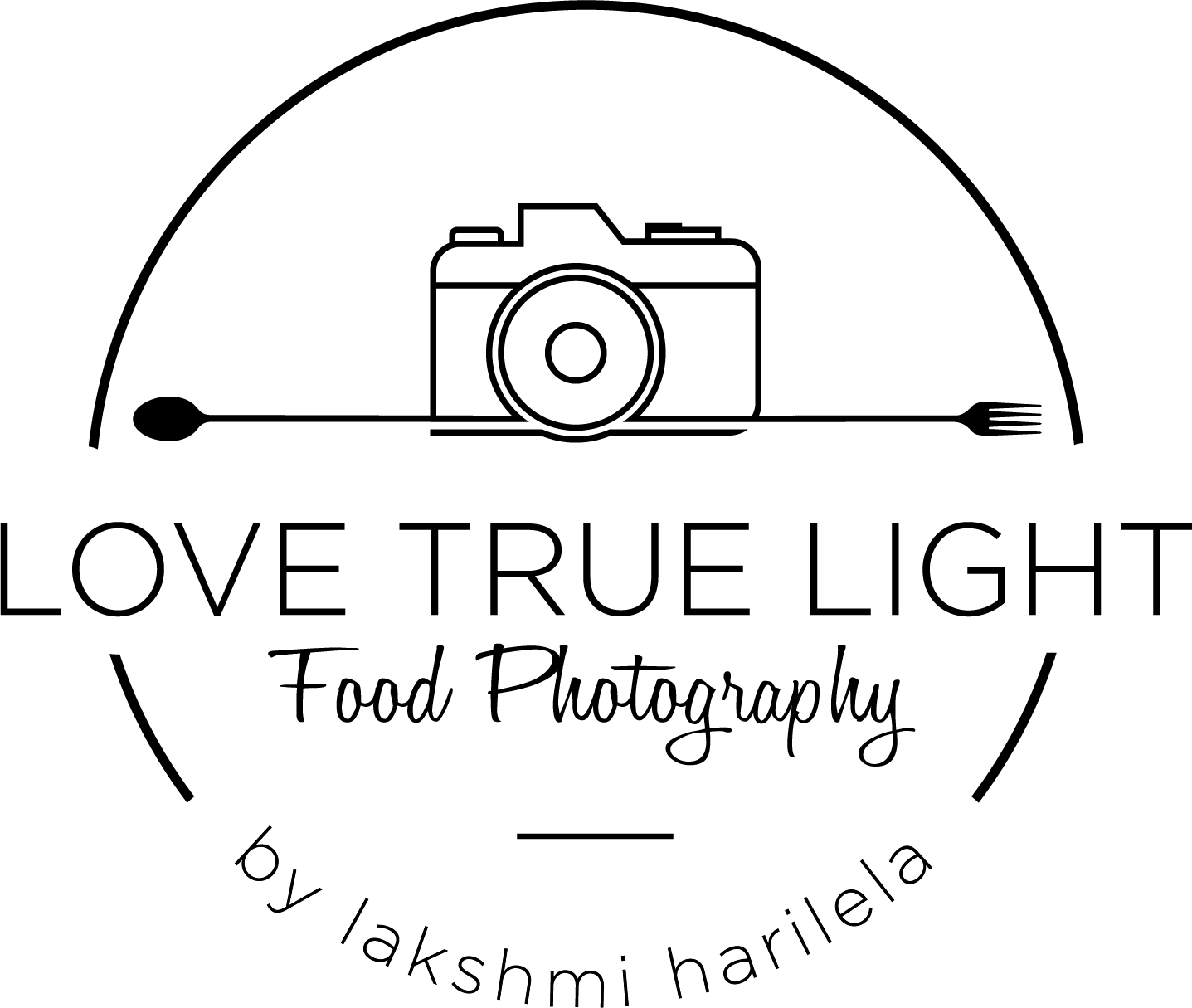Invest in a variety of lenses. My two favourites are the Nikon Micro 105mm or 80mm fixed focal length. Also a telephoto lens such as Nikon 24-70mm f/2.8 lens is worthwhile for sets and larger areas.
Tether your images. Seeing them in large on a computer screen gives you ample time for fixing and correcting light direction, placement and overall tone. Seeing immediately the image gives your clients confidence in your work. Adjustments are better to correct via 'a ‘then and there’ approach rather than post production, which can be costly.
Invest in a good quality light source. There are speed-lights with nikon and canon cameras, using a light shaping tool such as umbrella (bounce off or shoot through) soft boxes or even beauty dish. Invest in a reflector to bounce fill light onto the dark areas of the subject.
Plan you shoot correctly. Collect props or hire a food stylist to plan out each shot. You may need props that are heavy such a bowls, vases, chopping boards. So it would be best to have a prop collection. Also having ample backgrounds to play around with colour and texture is also useful.
Preparation of the product is necessary. When shooting a speciality item like chocolates, make sure they are in good condition., I always ask client to have more on hand in case the first batch is ruined. You wouldn't want to pay money for retouching these ‘tricky bastards’.
Have a portfolio on hand for specific products, wine, products, metal surfaces. So that you can feature specifics to your clients. This will help them have confidence in your work. Don’t specialise in MANY things, it’s better to specialise in an area you feel confident in.
